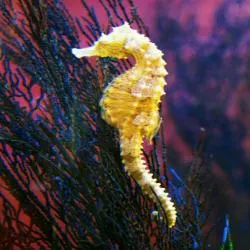Hello,
Insulin caales-receptors are glut4, insulin-dependent glucose transporters.When a peripheral cell receives insulin in these receptors, they allow the passage of glucose.The concentration so that it can spread through these channels is 5 mmols per liter if I remember correctly.
The brain has other types of glut receptors, I think they were type 3. Only with 1 mmol per liter, the brain is already able to internalize glucose.In addition, their receptors are independent of insulin, that is, glucose always enters.The minimum concentration is so small for safety: the brain (not to be that there is ketoadaptation, but normally it would not have to be so) can always obtain blood glucose no matter how small its concentration is.
There is another hormone, that of growth, or GH, or somatotropa, which has insuline-flike growth factor (IGF-1) in addition to producing insulinor resistance.Whenever there is no cortisol giving a sack blocking this factor (and making the GH simply diabetogenic during the night), this factor produces growth.This is why insulin is an anabolic hormone, that is, it takes advantage of the fact that there is food available to indicate to the body "EY, it is time to create tissue", since it has similar receptors.
Said all this, what happens with an excess of insulin (for example, an insulinoma).Well, it is clear, more internalization of glucose through the glut4 of skeletal muscle and adipocytes, because there is more Glut4 activation.If it is artificially increased, it produces the entrance by Glut4 even below 5 mmols by simple "harassment" of the receiver.The brain costs more glucose inside for its independent channels and, unless it is ketoadapted (on an empty stomach) possibly not to endure.In fact, even if it is ketoadapted, because in that case it is the liver (or the kidney if the fasting is extremely long) that is producing glucose to maintain a minimum glucid metabolism in the brain.If that is lost, the Claudica brain and vegetatism begins: SNS signals to accelerate the heart in a desperate attempt to compensate for the little glucose that comes to increase the blood flow.Without success, of course.SNPS tries to stop this excessive reaction from the heart, it is a system that innervates the sweat glands, hence in hypoglycemia it is sweat.There is peripheral contraction due to the increase of SNS when trying to divert the blood to the brain to try to save it, based on reducing blood flow to less important tissues: in this case, the first to annoy the skin, and hence the cold.
Finally, death due to the failure of the SNS and claudication of the heart muscle after a coma occurs, so I imagine that you are not very aware of what is happening to that point.









